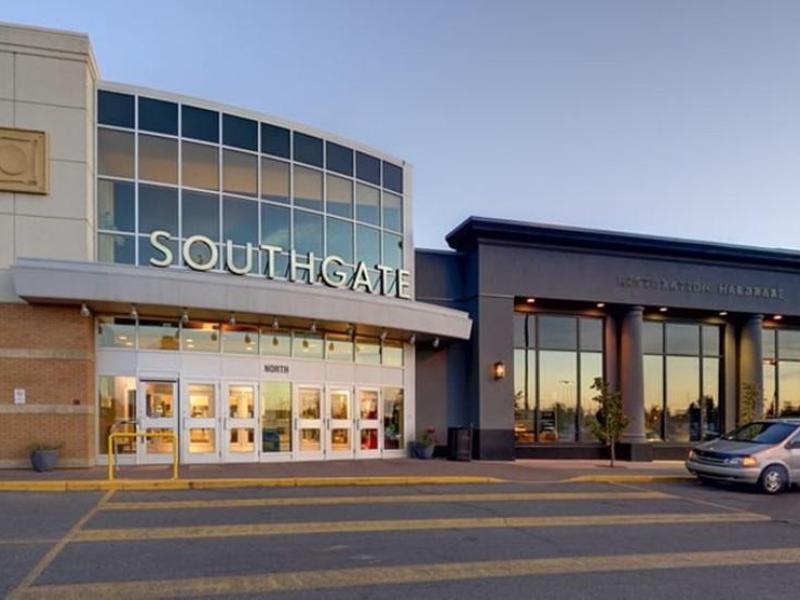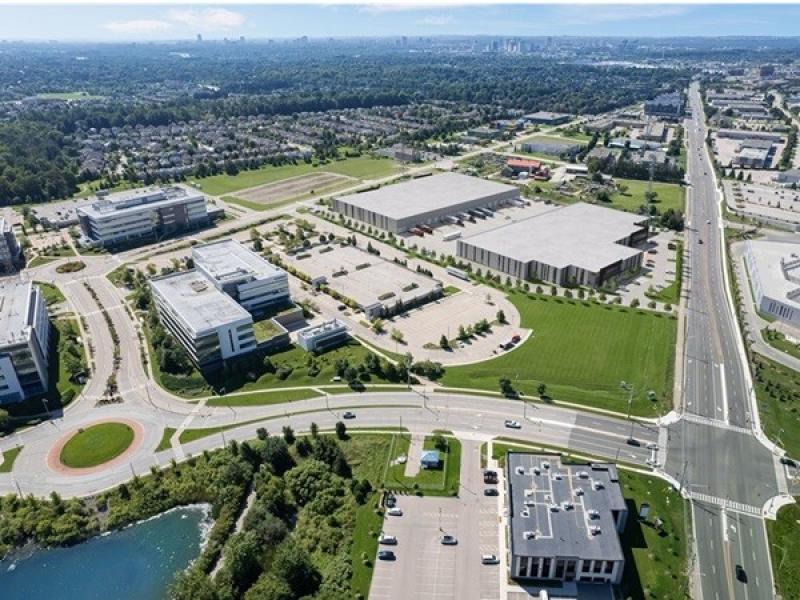
Building upward is a solid way to attack the problems of housing affordability and urban sprawl, but Quebec cities outside the Montreal area are often averse to height.
That was one of the topics raised in a session on real estate development outside of Montreal during the Quebec Apartment Investment Conference Feb. 19 at Montreal’s convention centre.
“In my opinion, height is an efficient solution to stop the spread of urban sprawl,” said Jeroen Henrich, senior vice-president development, Cadillac Fairview, but “there’s a psychological allergy to height that makes no sense.”
He said the “allergy” is not unique to Quebec. Rather, “it’s all over Canada, mainly in the suburbs.”
Buildings of 20 storeys or more free up land to develop public spaces and create economies of scale that can lead to more affordable housing, he said.
CF's major housing developments
In November, Cadillac Fairview announced the first phase of residential development at CF Carrefour Laval in the city just north of Montreal. It is to consist of 365 units in two towers of 20- and 11-storeys, sharing a six-storey podium housing the development's common areas. CF Carrefour Laval could eventually see between 3,000 and 6,000 housing units, but “it will take time,” Henrich said.
The company is also building major residential rental developments at CF Rideau Centre in Ottawa (Rideau Registry) and 750 Peel in downtown Montreal.
Henrich said Cadillac Fairview likes rental developments because apartments are more affordable than home ownership, with lower monthly costs, no downpayment required and no mortgage stress test.
Carole Lebourg, vice-president, real estate development at Ste-Hyacinthe-based Groupe Robin, said her company likes to build tall buildings, but outside the Montreal area, “municipalities are a bit more allergic about height.”
Instead of vertical densification, there is a tendency to opt for horizontal densification in the regions, she said.
Groupe Robin, a 50-year-old family-owned company, builds its developments in cities like St-Bruno, Beloeil, Granby, Ste-Hyacinthe and Trois-Rivières outside the major urban downtown cores.
In Trois-Rivières, it’s building District 55 Trois-Rivières, a one--square-kilometre project a few minutes away from Highways 40 and 55 and the Laviolette Bridge.
The project includes 2,500 housing units by 2035 (of which almost a third have been built), two hotels (including an already-opened Candlewood Suites), and 700,000 square feet of commercial space.
“Trois-Rivières had a bad reputation as the capital of unemployment, but the city has completely transformed in the last 10 years,” Lebourg said. It now has an entrepreneurial spirit and a municipal government with a will to do things differently, she said.
Taking developments to new heights
Maxime Camerlain, co-president of Cloriacité, said his company often builds developments in Quebec that are the biggest a municipality has ever seen. These developments of about 150 units often redefine the supply of services in a region.
Cloracité concentrates its developments outside Greater Montreal and builds about 250 to 500 units per year throughout the province.

Earlier this month it announced the construction of the mixed-use Cloria Île des Frères development in Saint-Jérôme, about 30 miles north of Montreal. To be built in collaboration with Quo Vadis, the development will include 135 residential rental units and a 25,000 square foot Avril Supermarché Santé on the ground floor.
It will be completed by summer 2026 with a second phase of 149 apartments to follow.
Camerlain said his company is building human scale projects that can gain citizen acceptance - and that perspectives on these developments are changing.
“In most cases, cities want to develop so there’s no need to convince anybody that there is a lack of housing and that we need to densify. These are concepts we had to explain three or four years ago. That’s now in the past.”
Impact plans to deliver affordable housing
Kevin Lachance, partner and vice-president, finance and strategy at Immostar in Quebec City, said his company has joined forces with developers Biophilia, Maître Carré and Cloriacité to create Impact, a non-profit consortium to help fight the housing crisis.
“The private sector is part of the equation” needed to solve the problem, he said.
“It’s an ambitious initative,” with the goal of delivering 25,000 accessible units in 10 years across the province. The plan is to offer rents that are 15 per cent below market price, which would enable tenants to pay a maximum of 25 per cent of their household income on rent.
To succeed, Impact will require collaboration between the developers, financial institutions, investment funds, provincial government, municipalities and communities
Lachance said the consortium aims to launch its first housing project by the end of the year with about 1,200 units.










